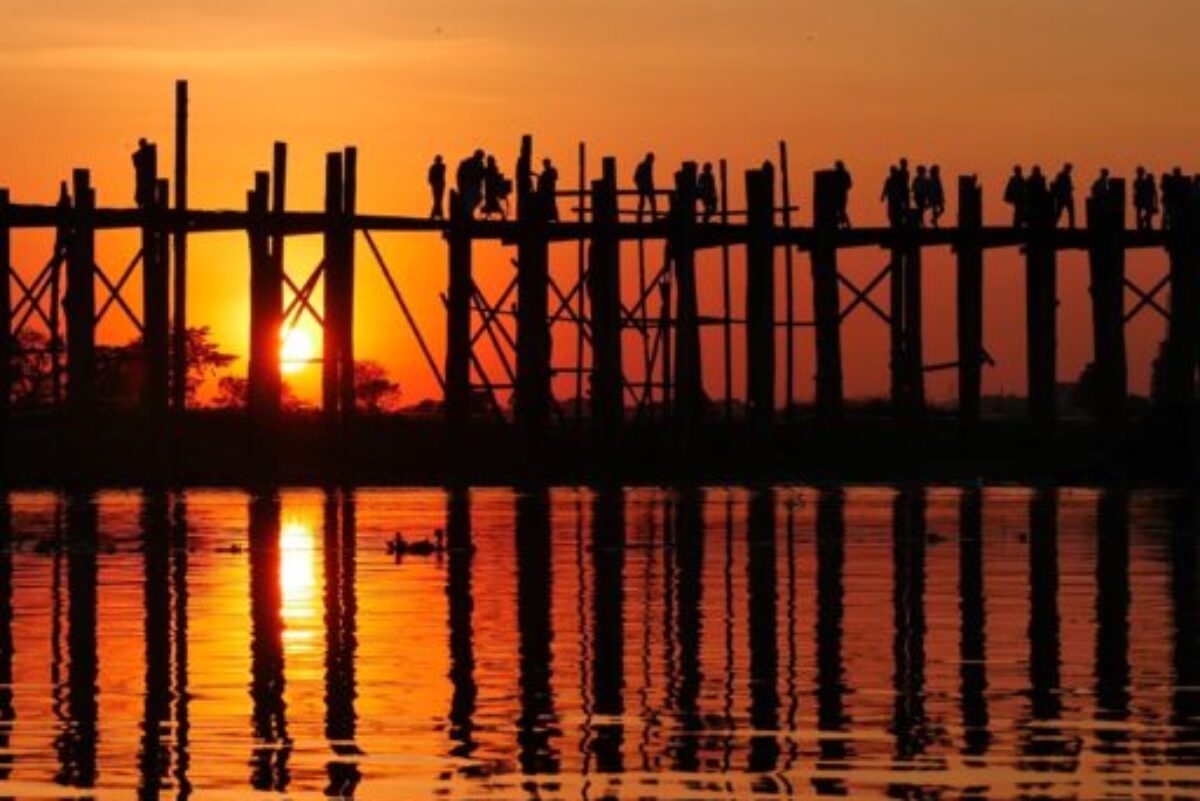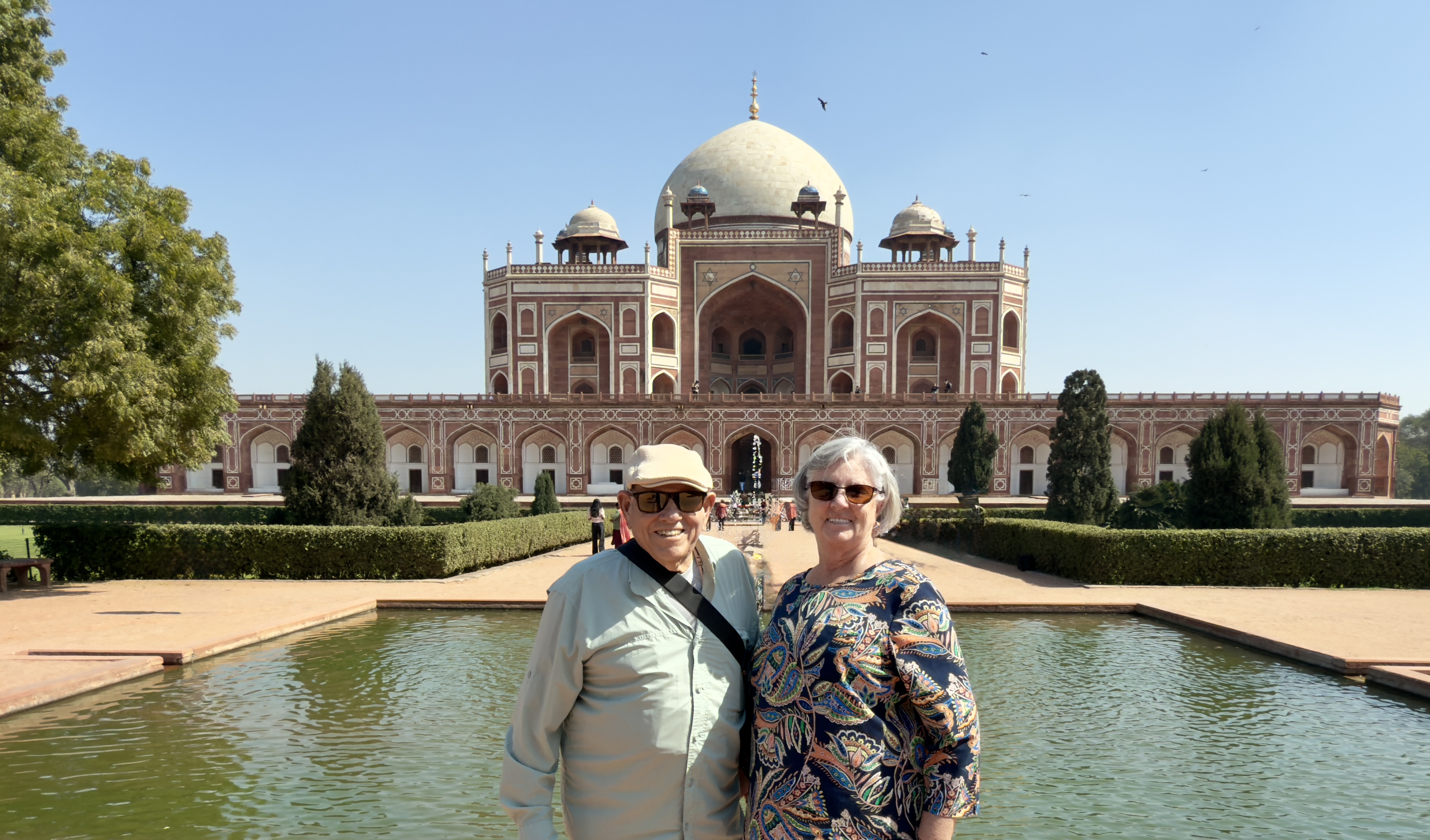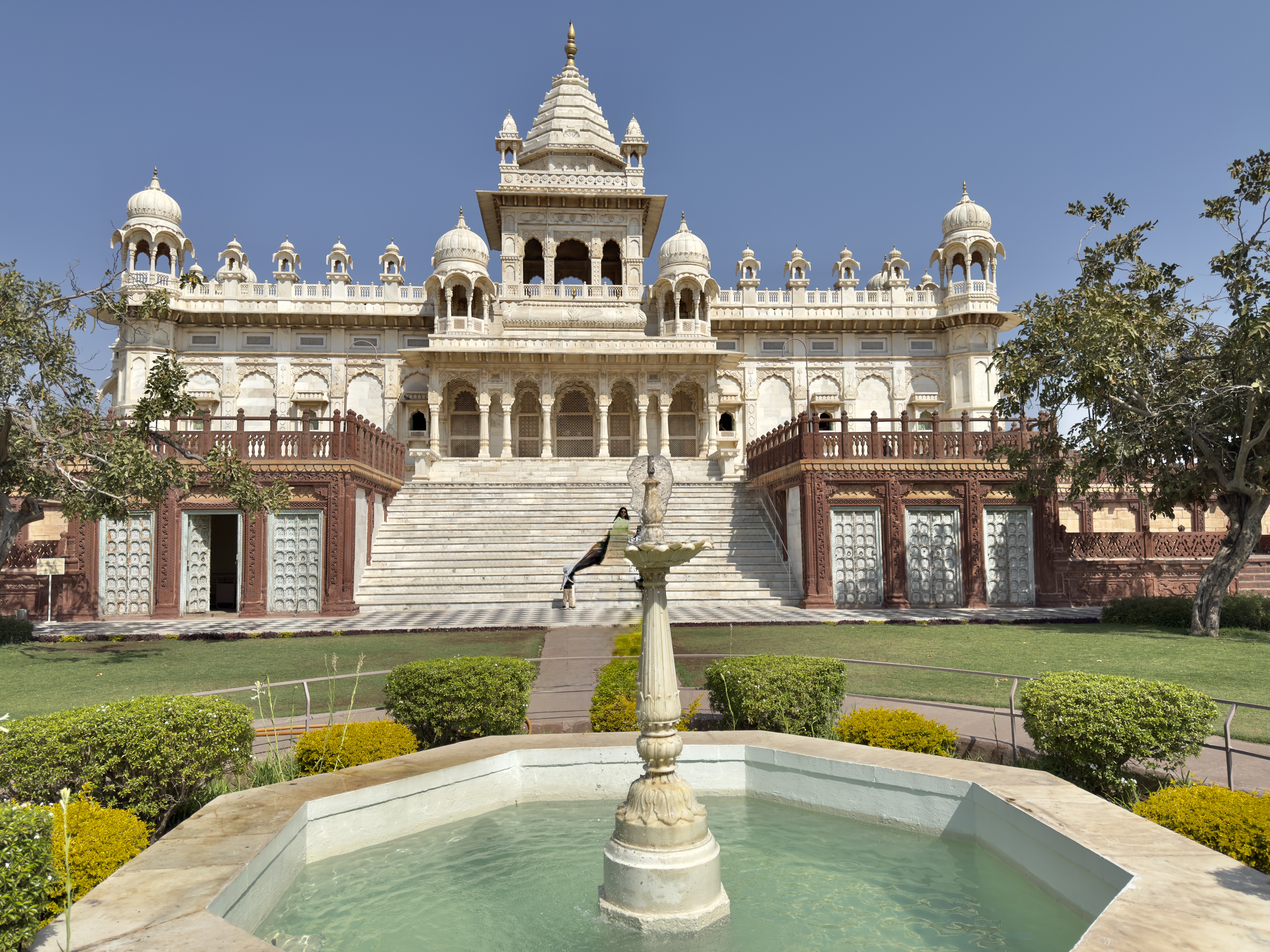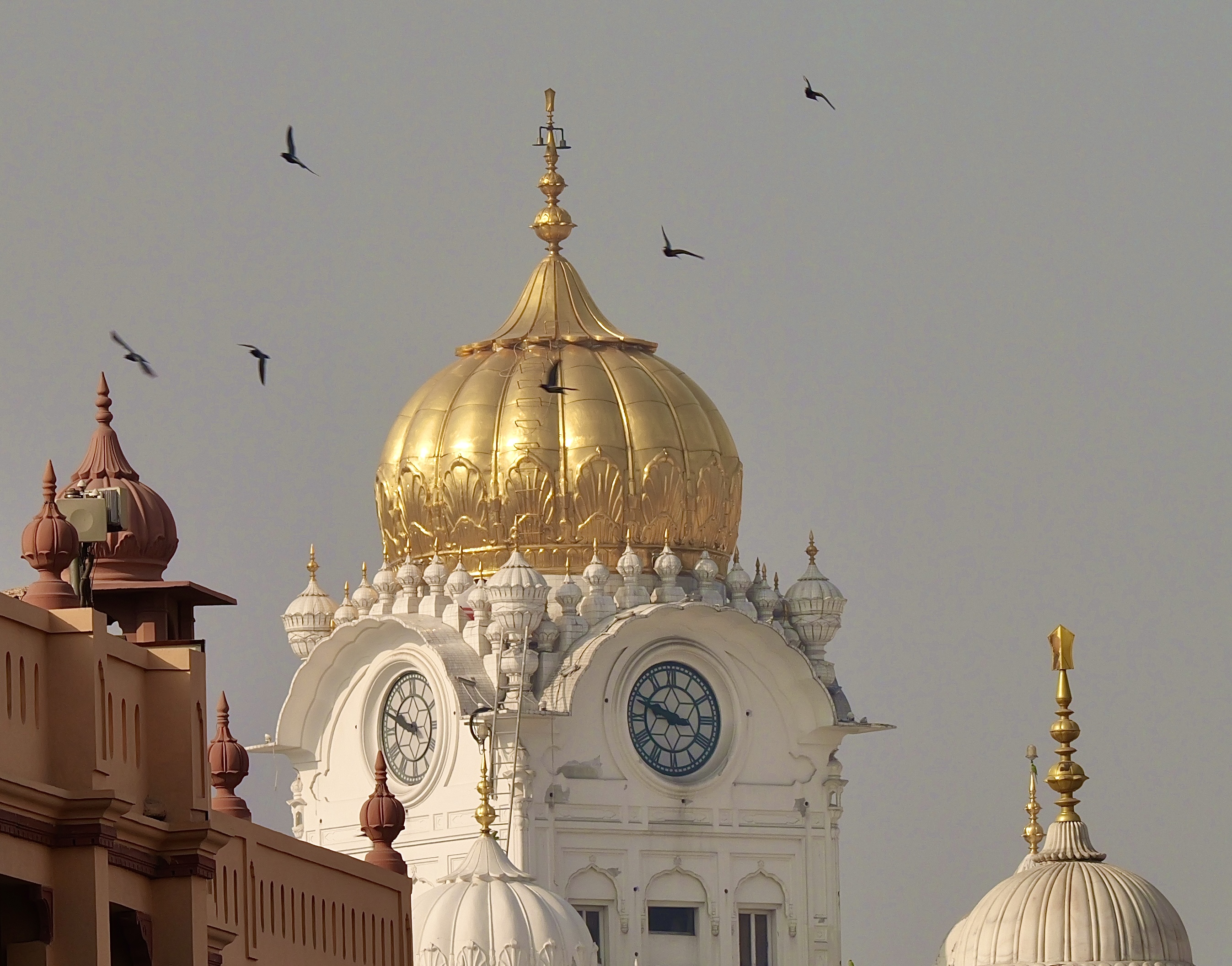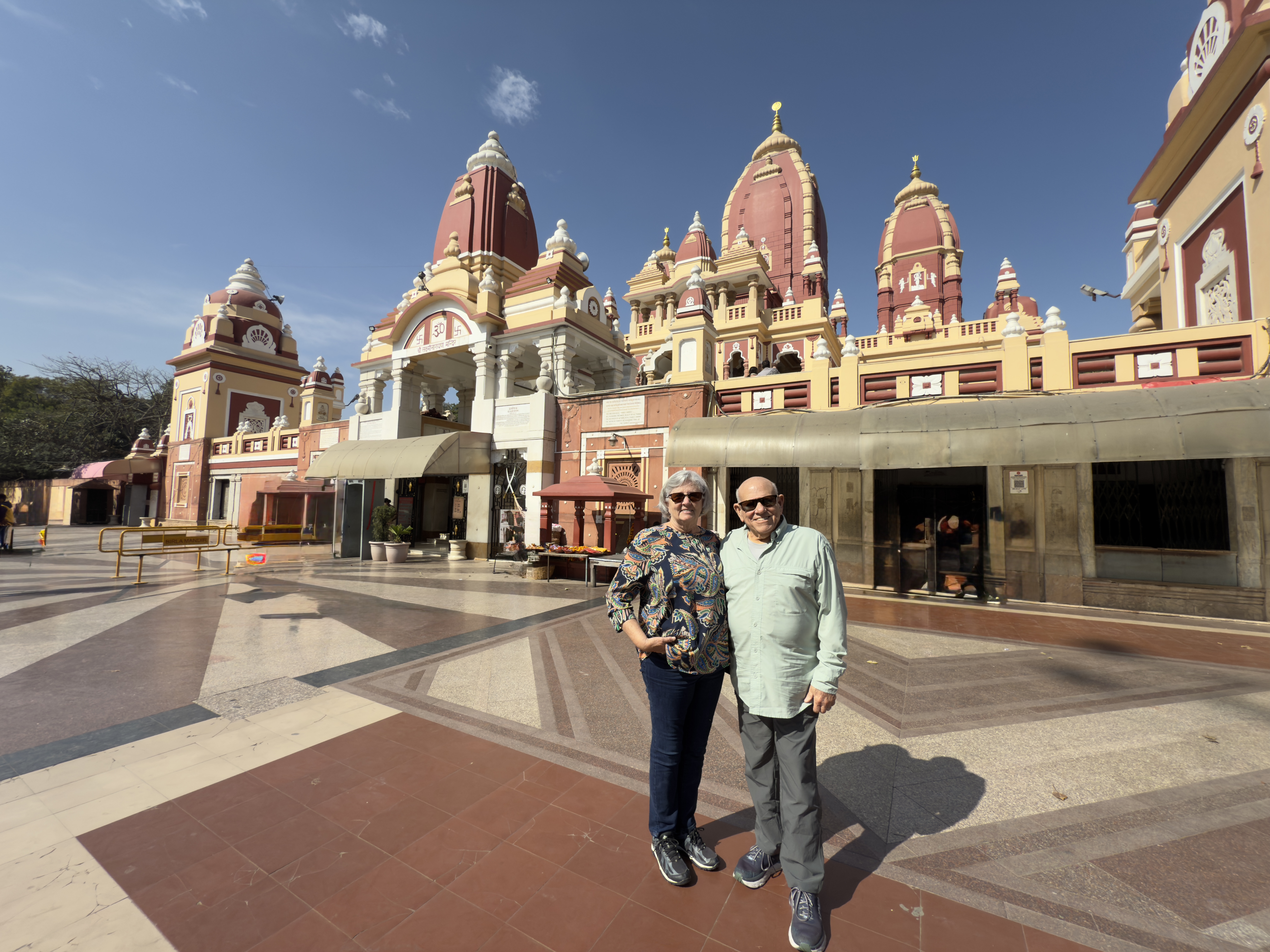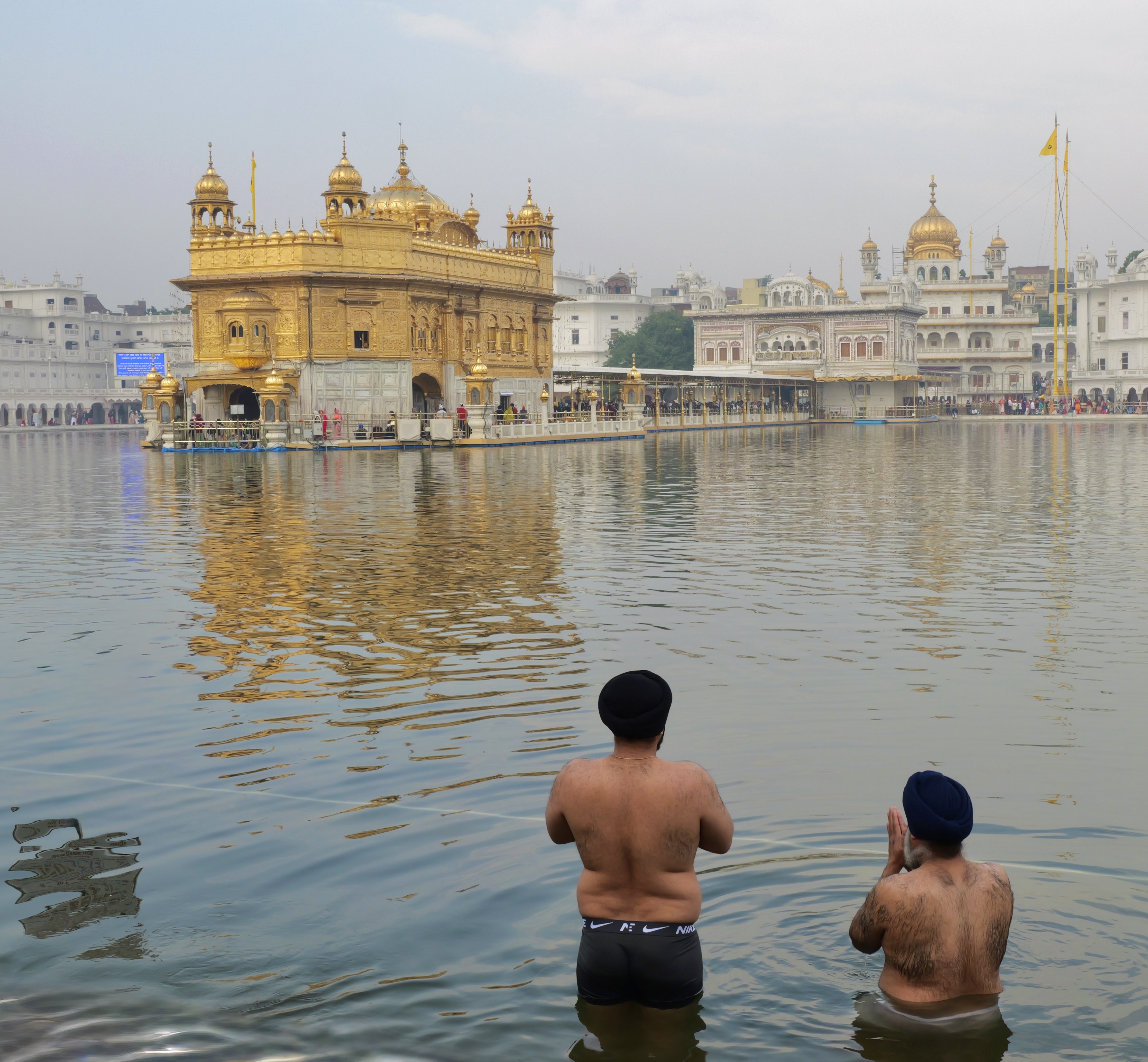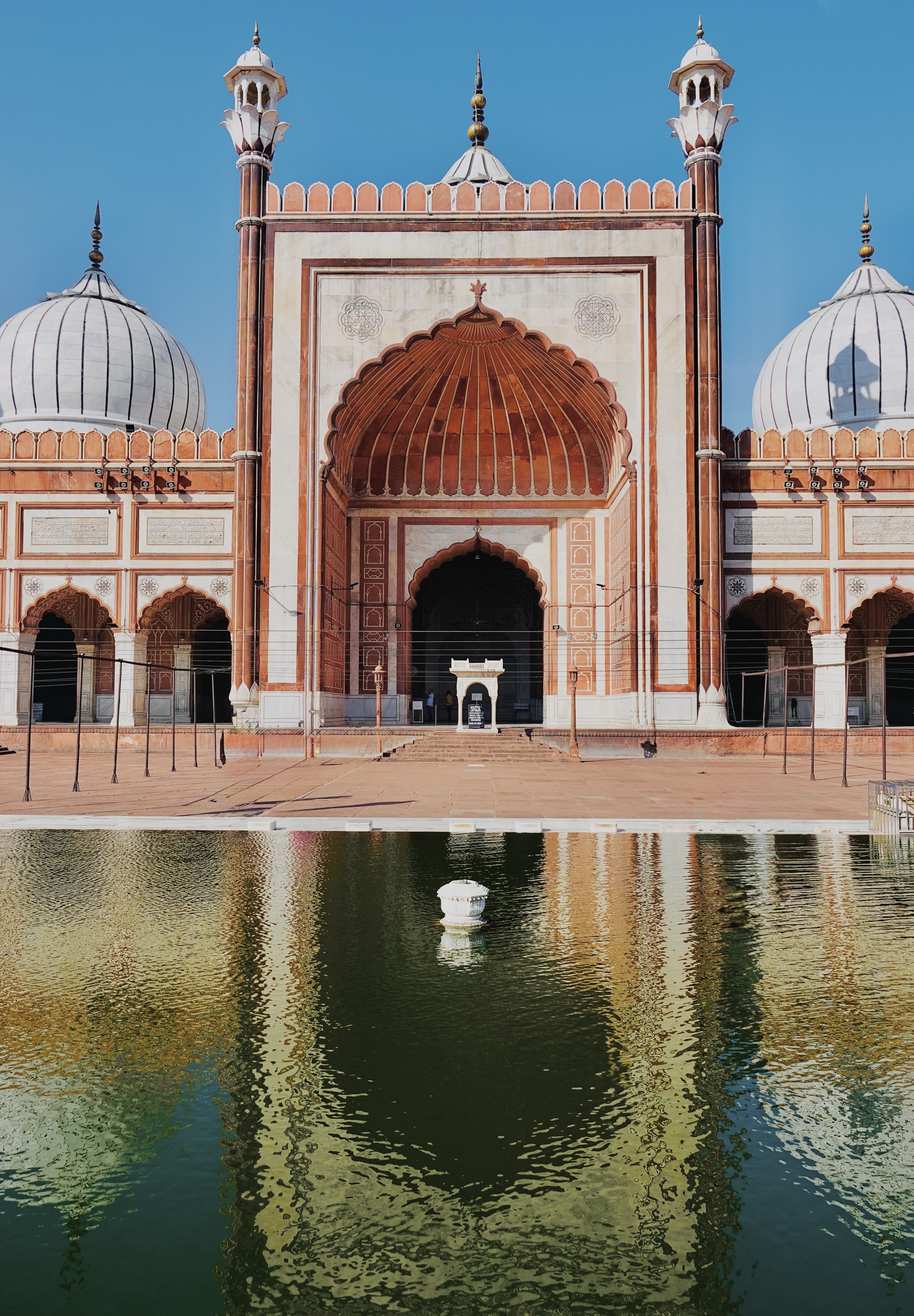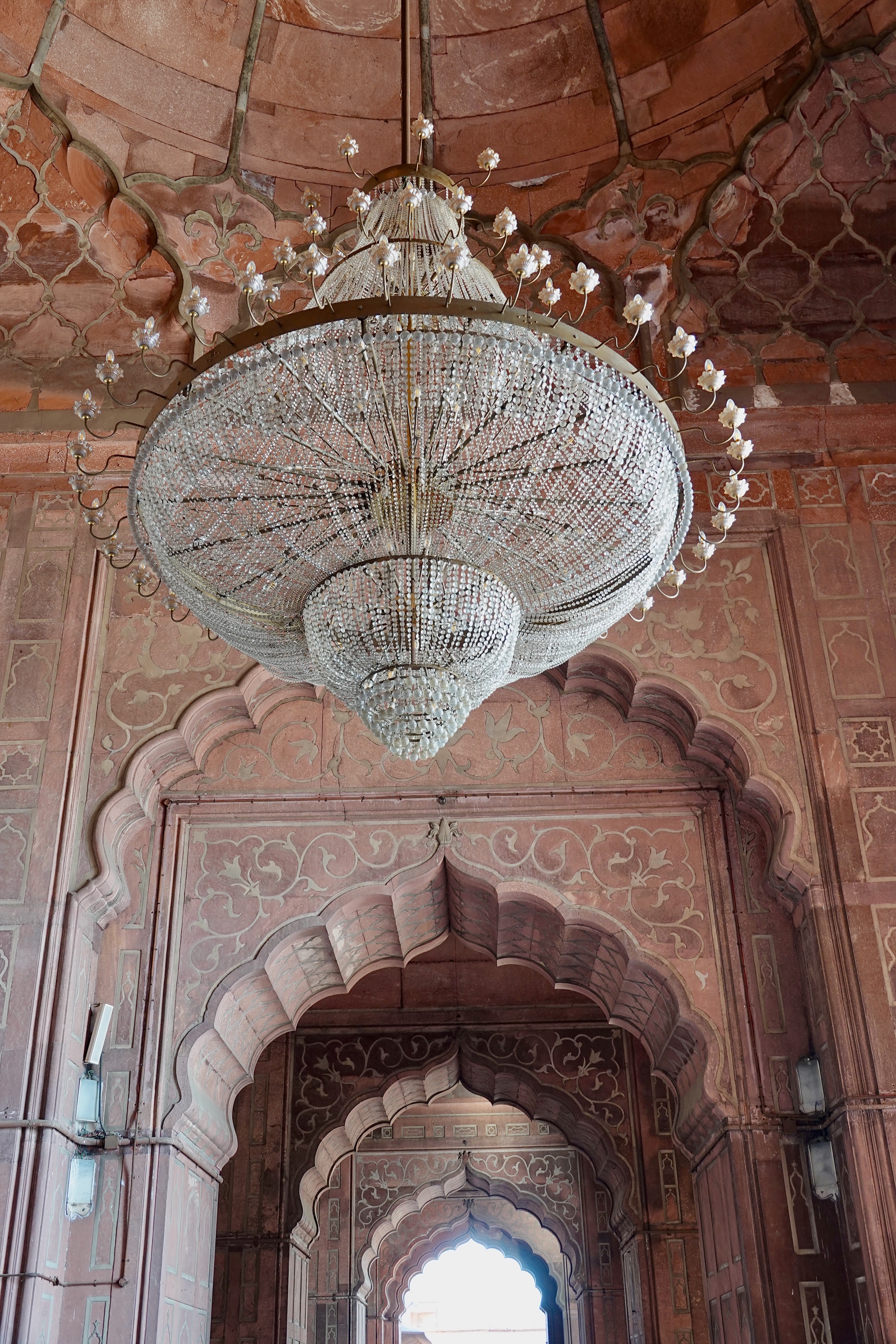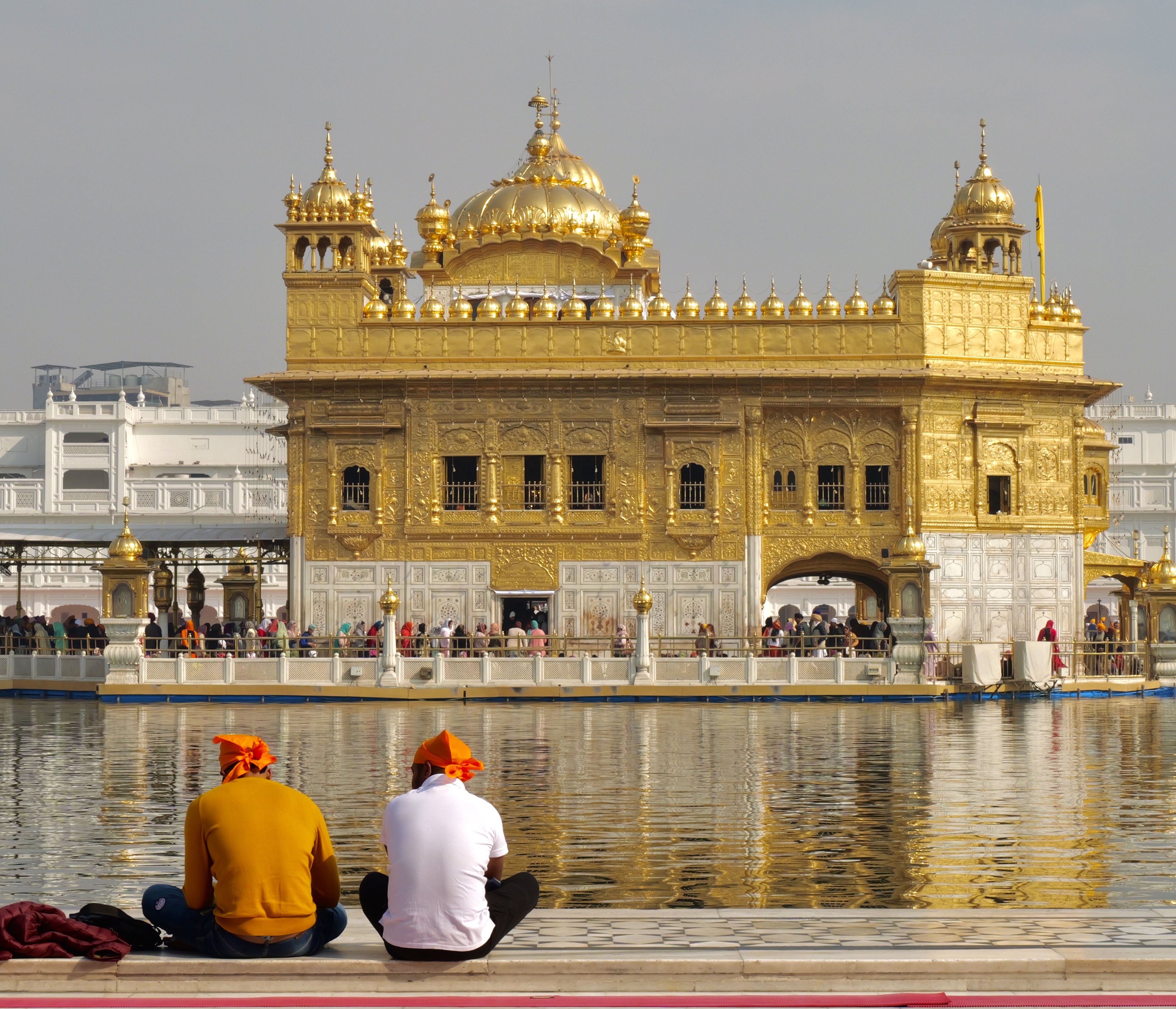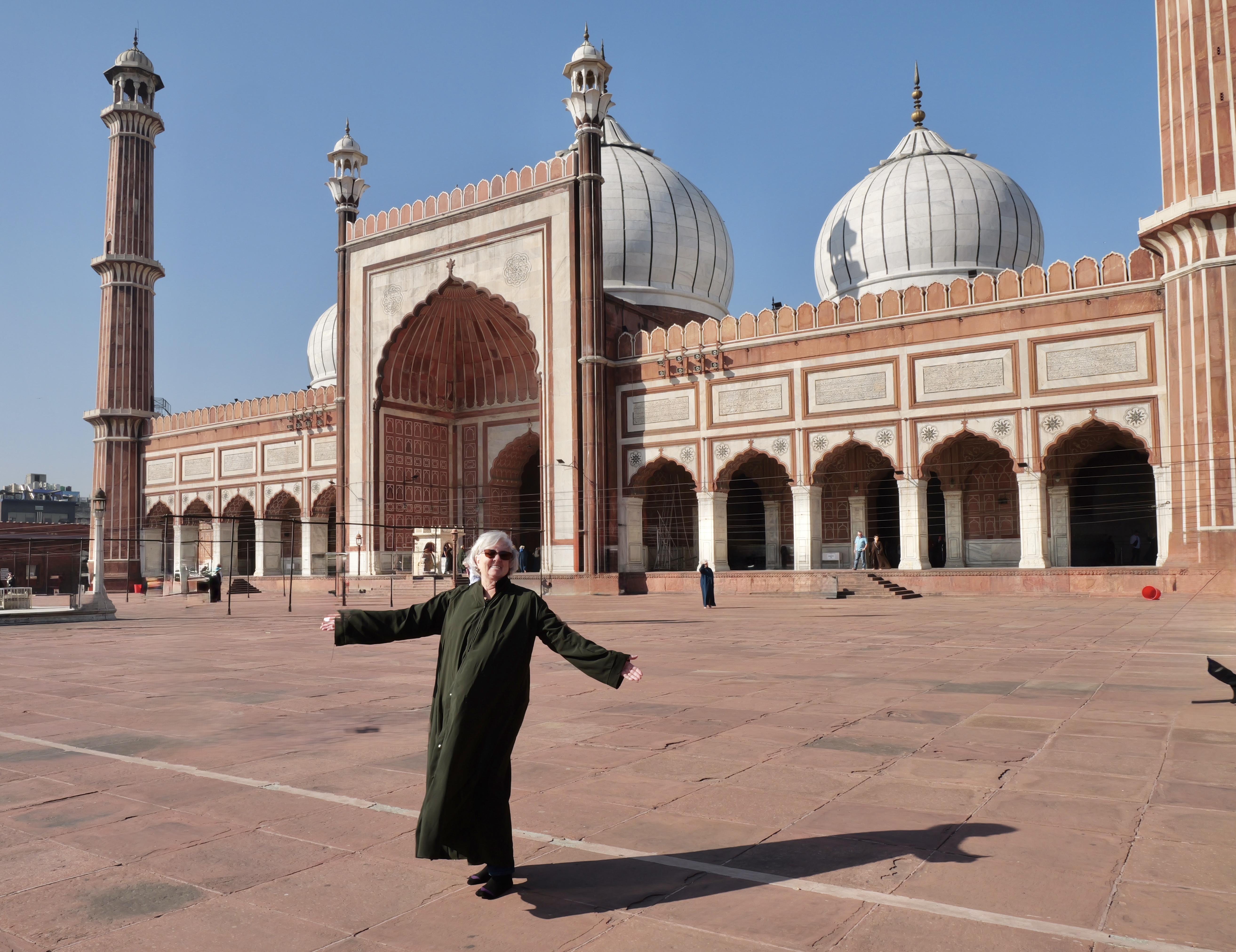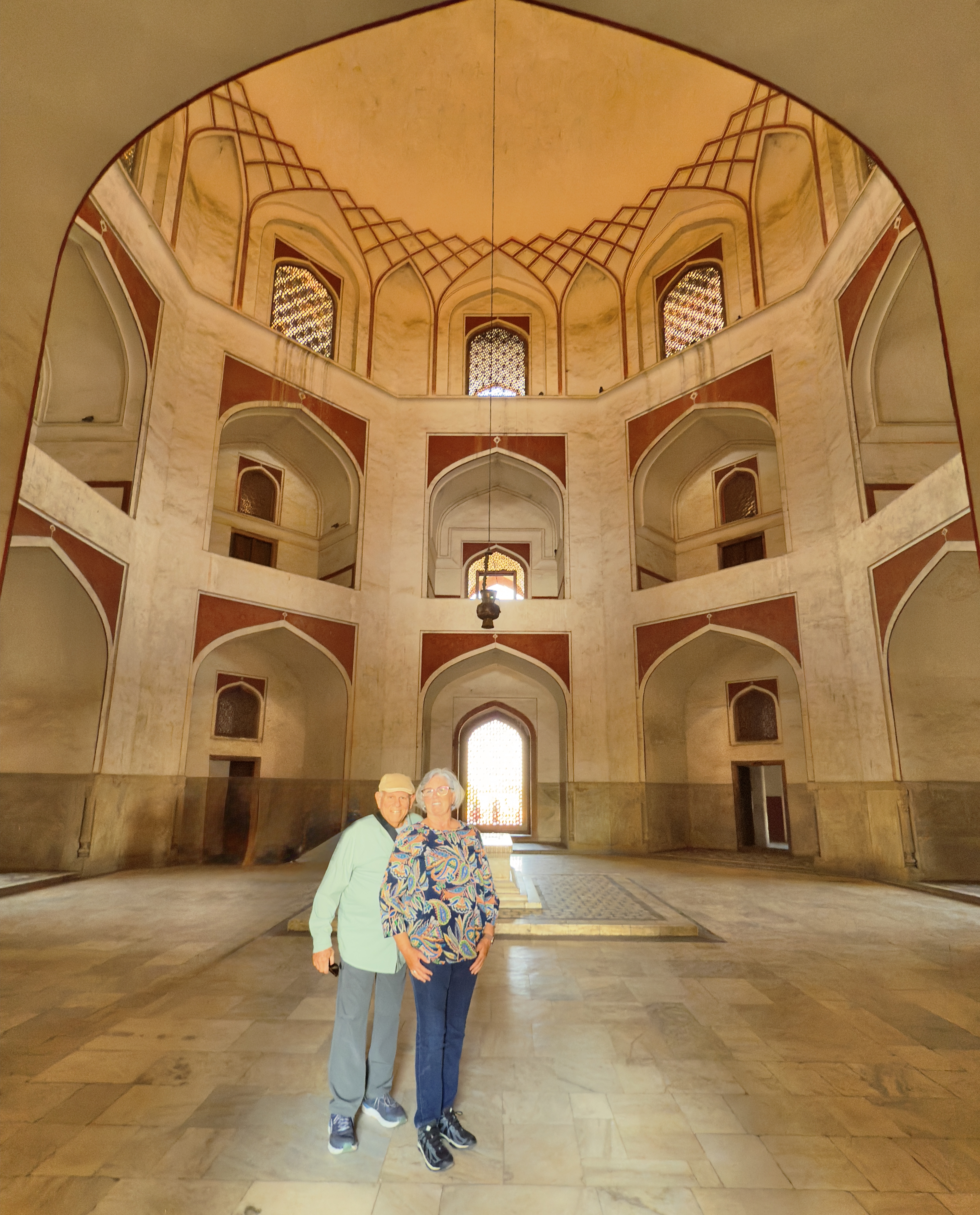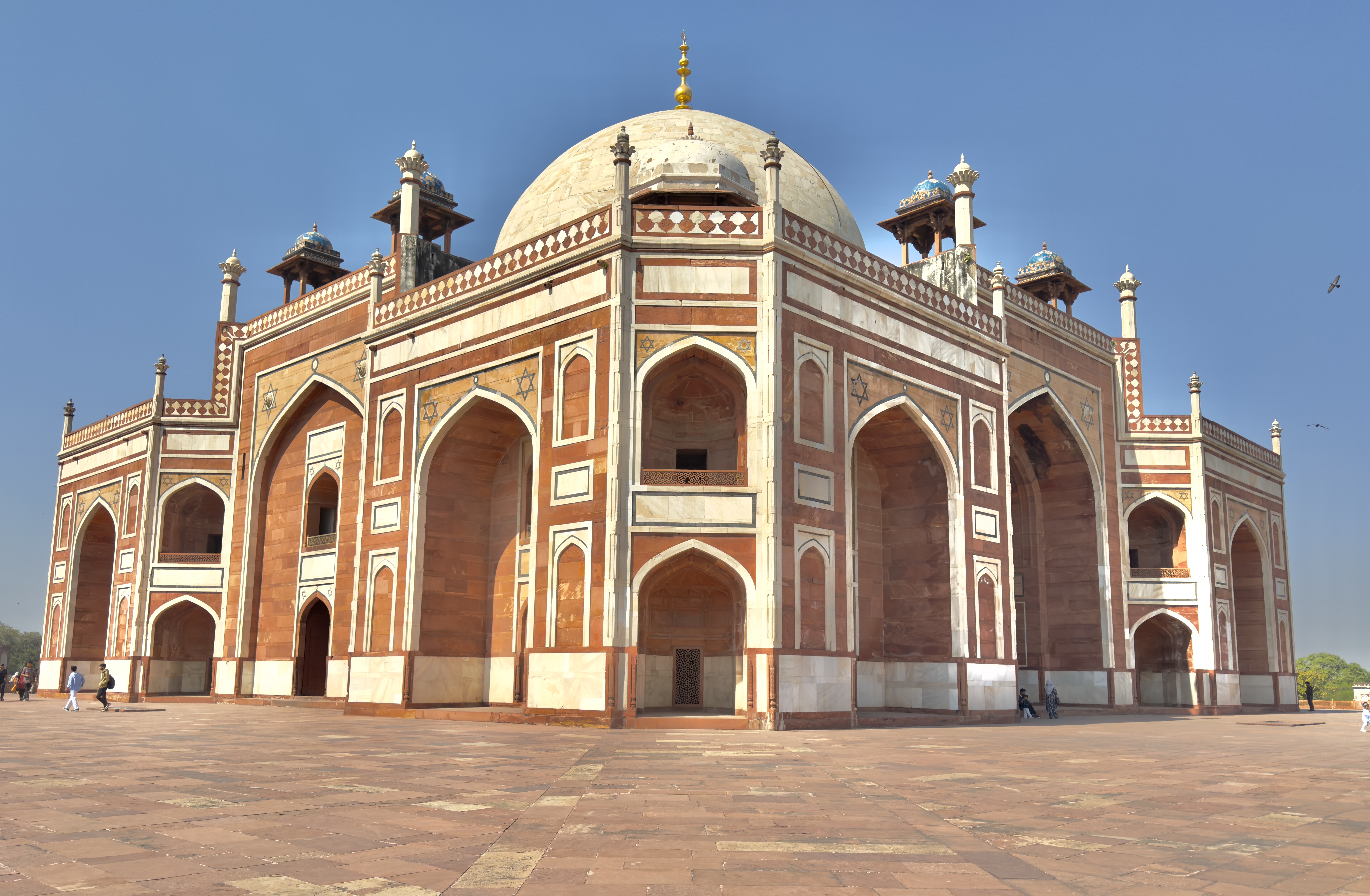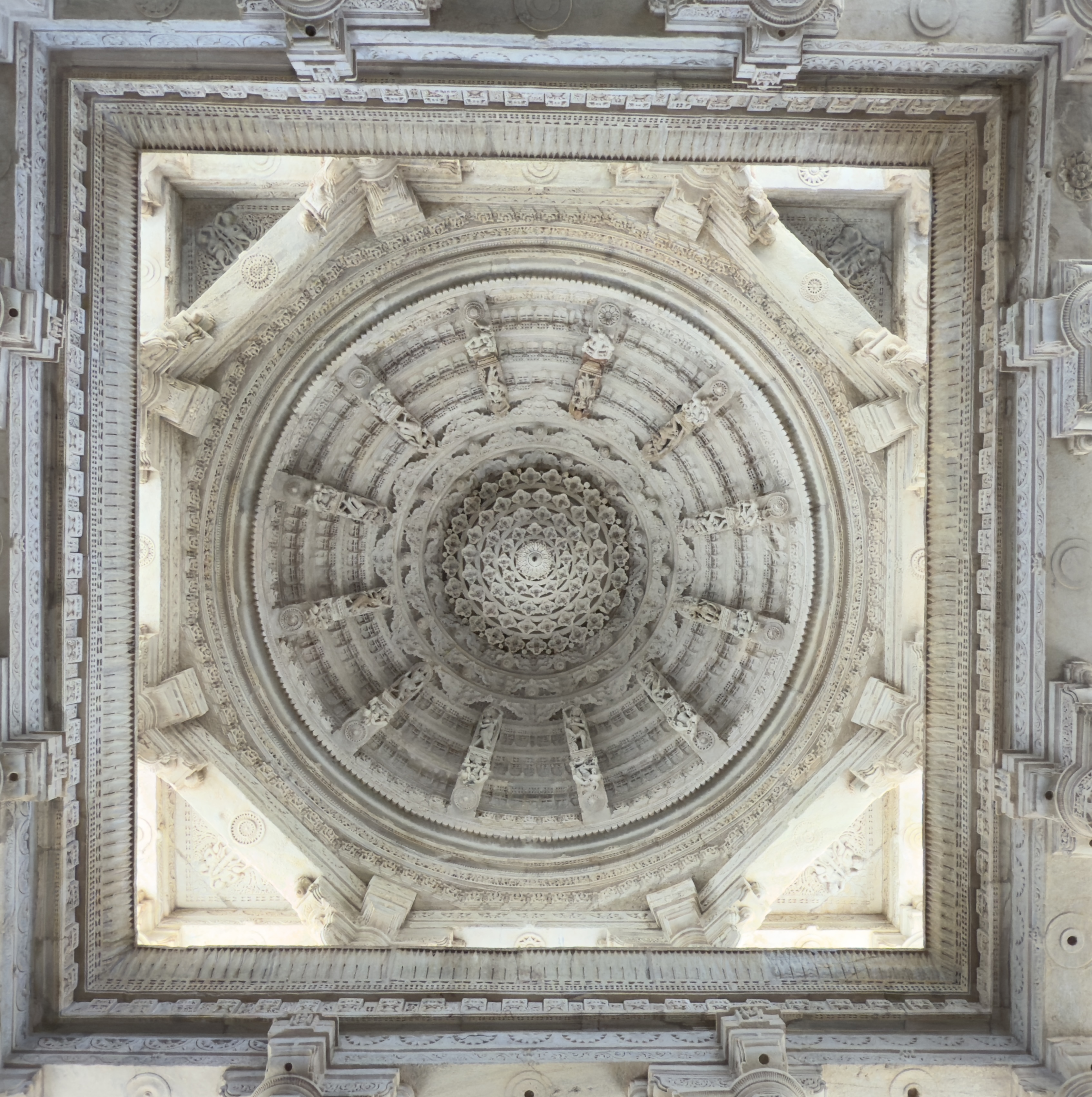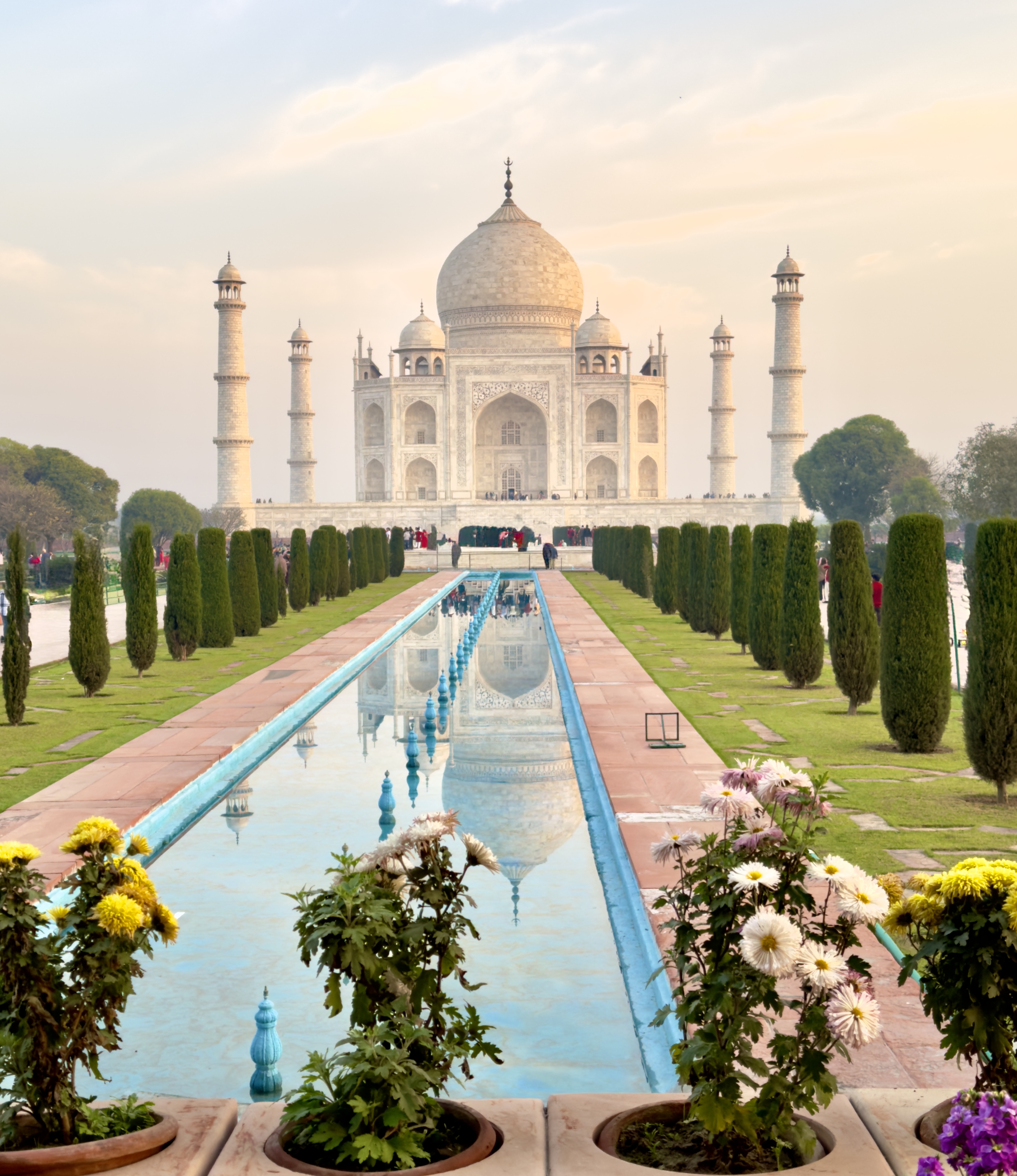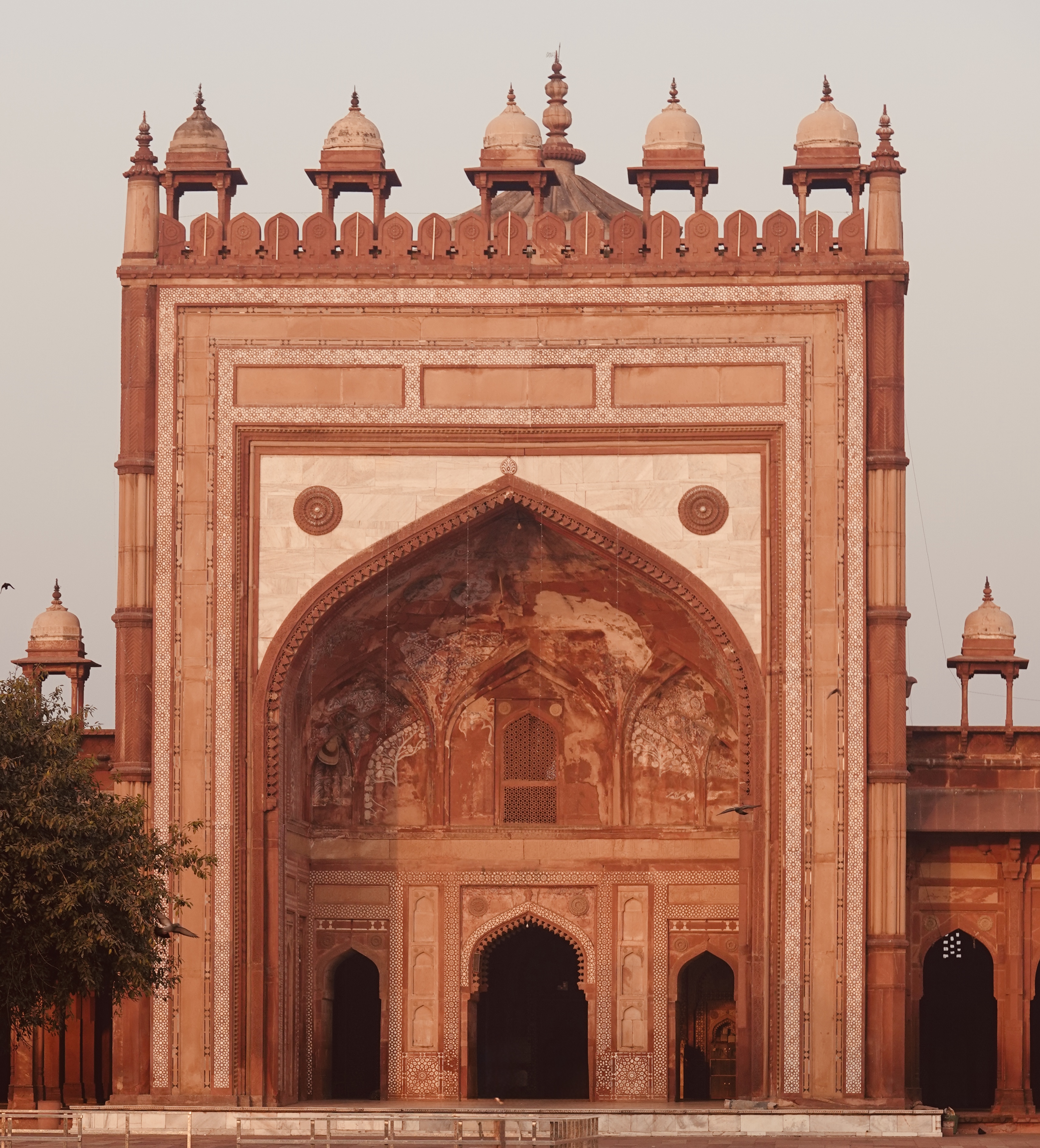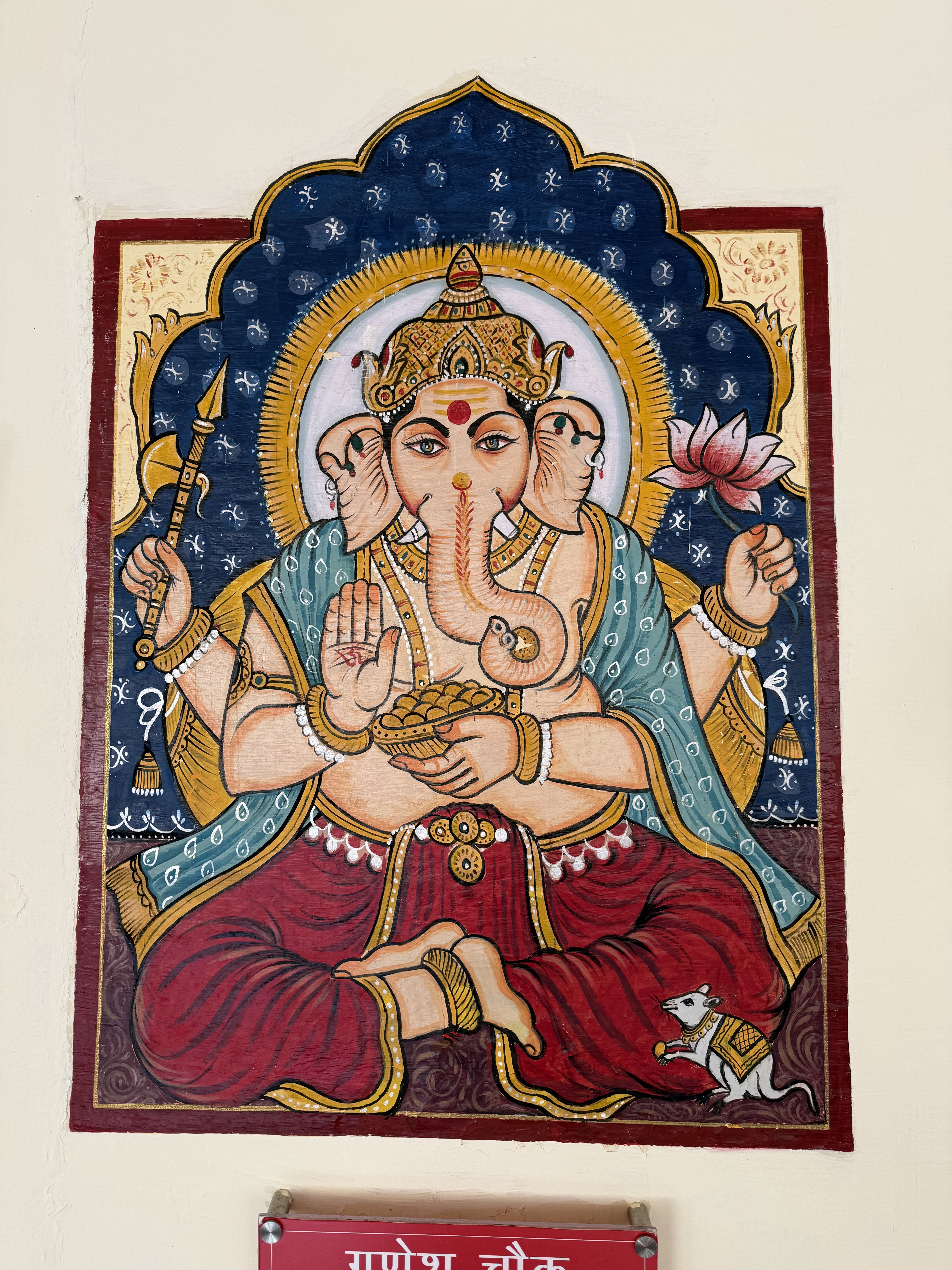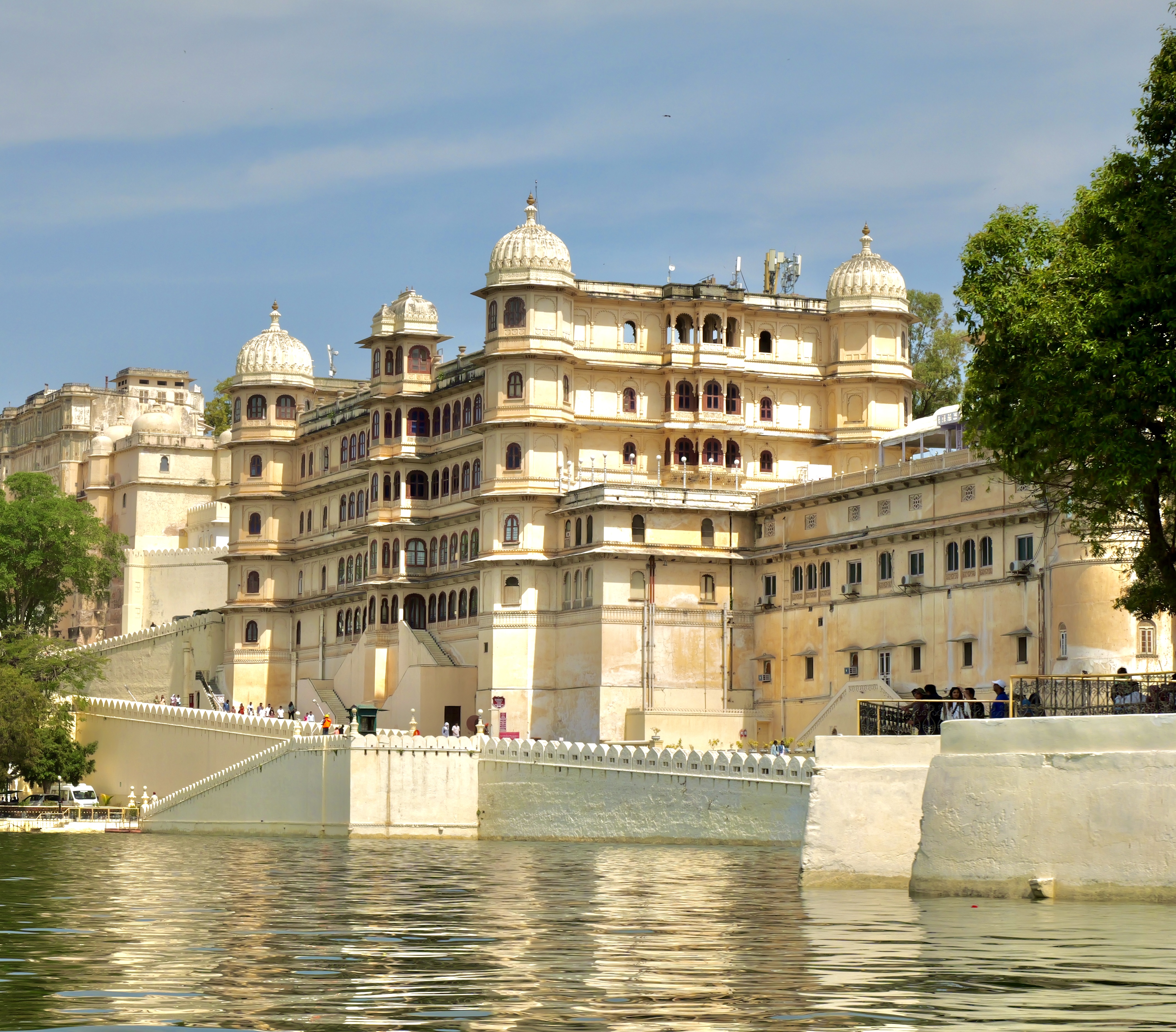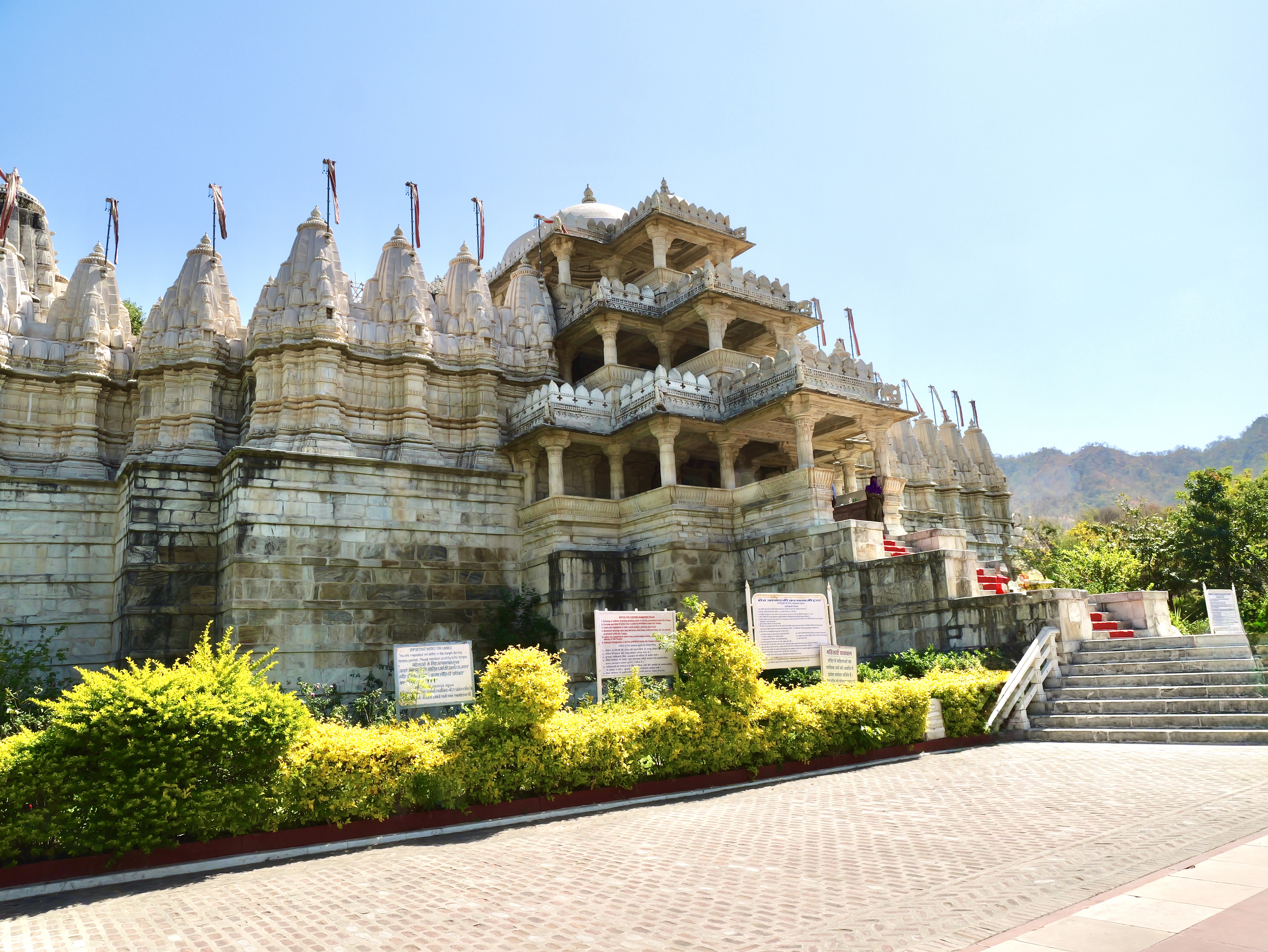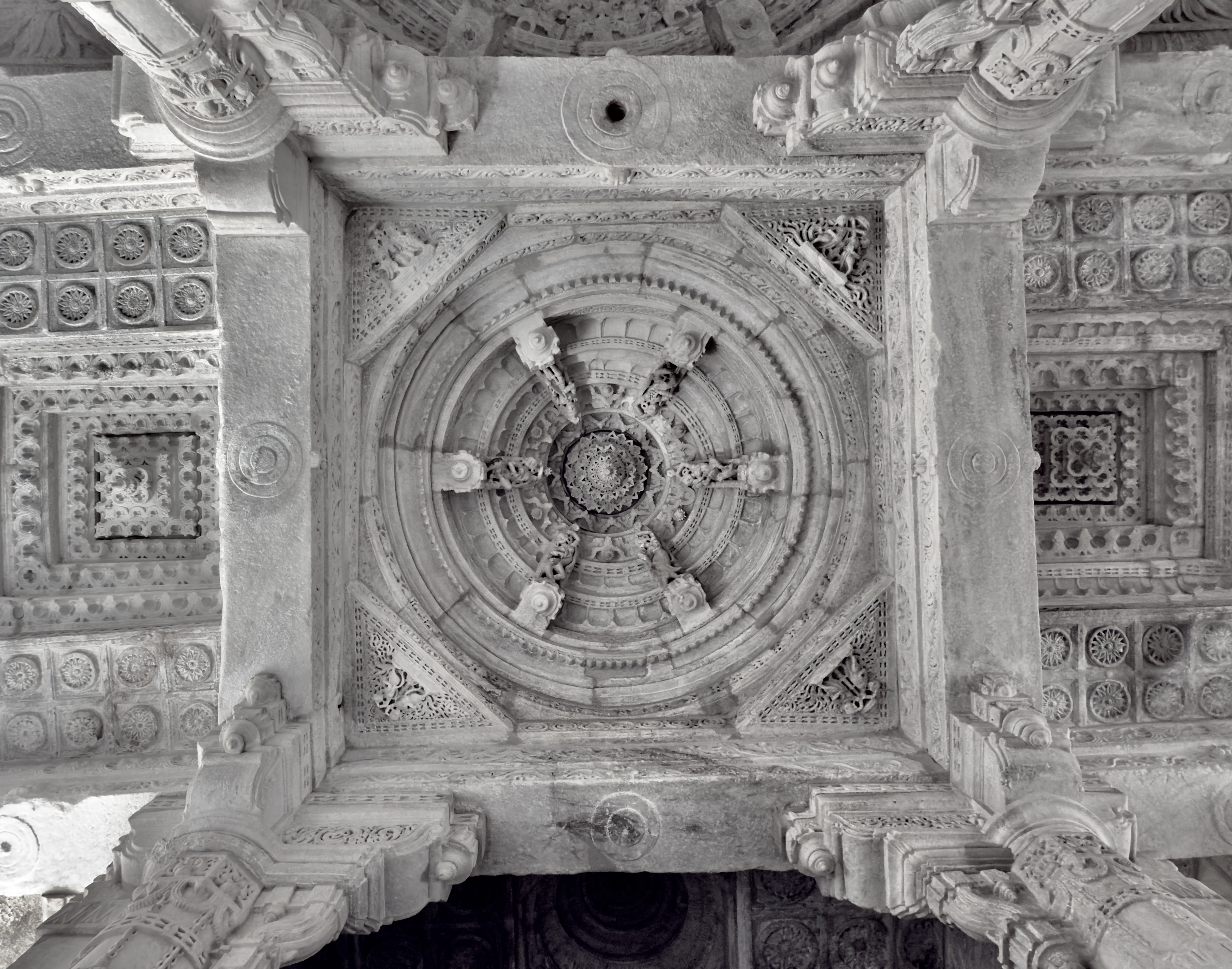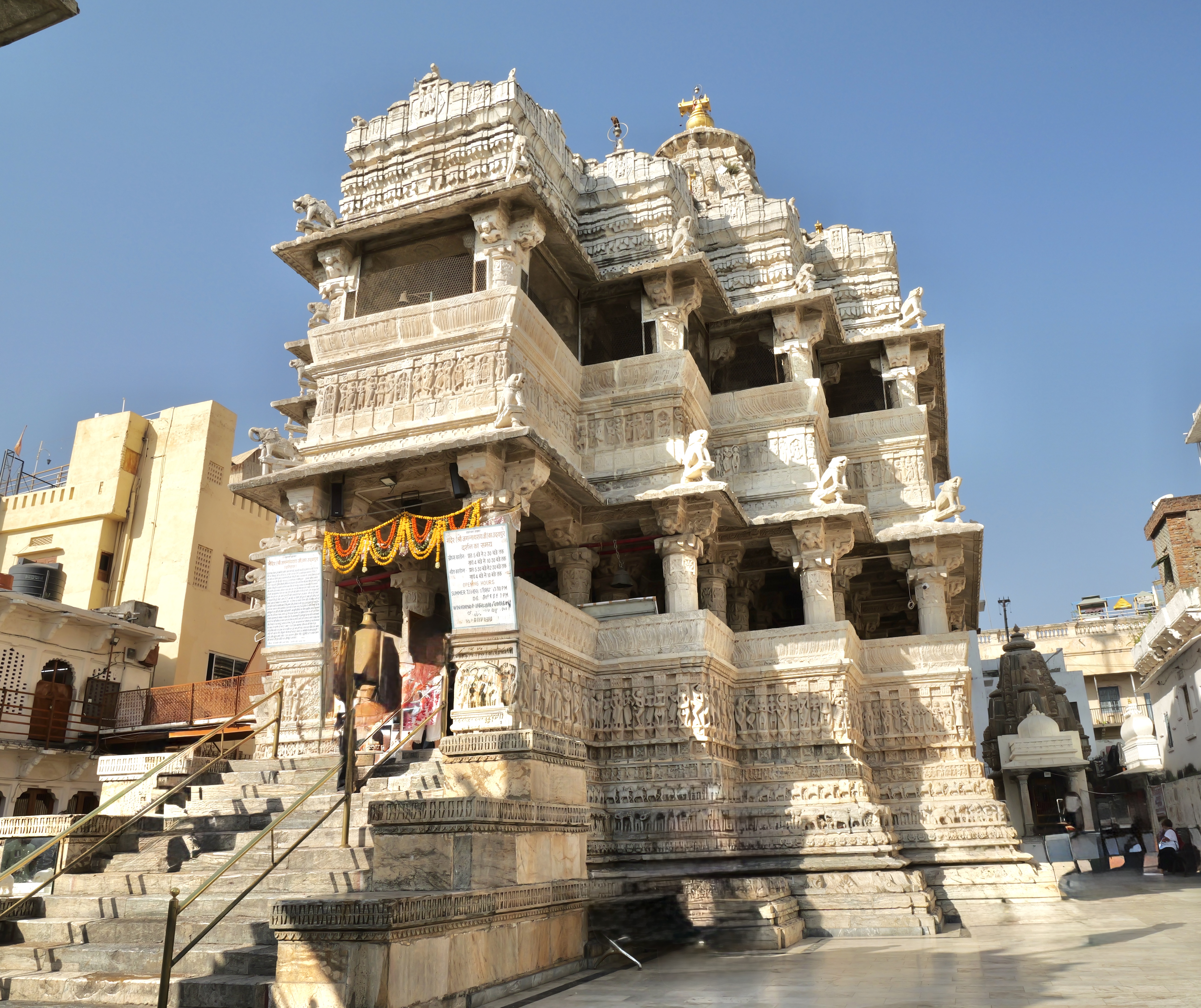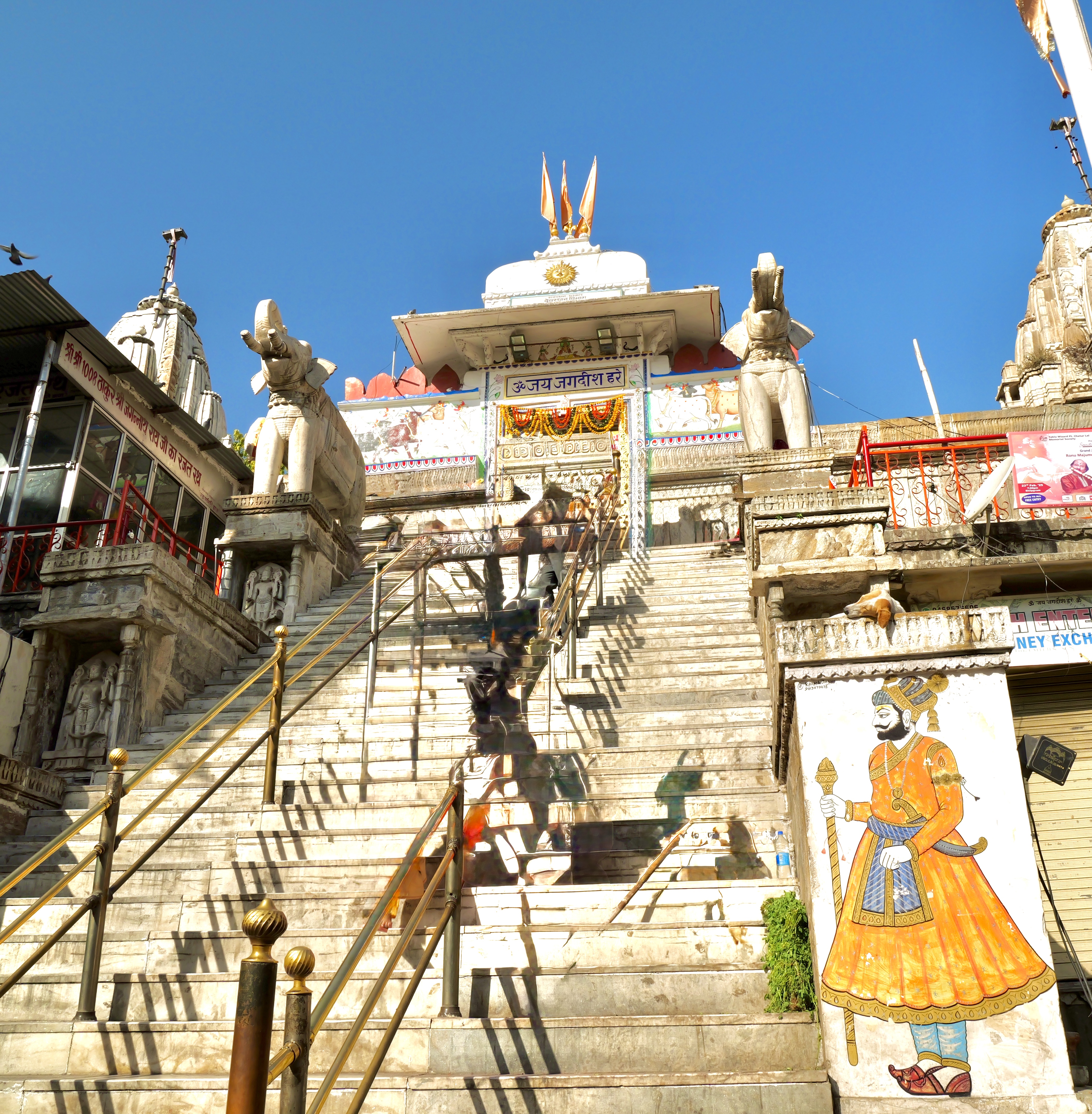India has historically been a land of magnificent temples. They were not only important sites for religious worship but also served as centers of learning, art, community gatherings and festivals. Temples held great wealth and were the pride of the communities in which they were built. Such temples became targets for foreign invasion or destruction. Conquering temples could be a source of wealth, social and political control.
India’s temples include important sites to Shiva, Vishnu, Rama, Krishna, Durga, Kali, Lakshmi, Sarasvati, Ganesha, Hanuman and the many forms of Brahman. Each temple has its own jyotish and vastu, its own power of sacred time and sacred space as a gateway to the Eternal and the Infinite. The temple is not just an outer structure to be admired but an inner presence to take us to a higher consciousness.
After the Indian Army defeated the Mughals and became the dominant power in India in the eighteenth century, they began an active campaign to take back important temples, and to restore those that had been damaged or neglected. Other Hindu communities did the same.
A new India is arising under the Narendra Modi government, which has a profound respect for India’s enduring civilization and its diverse traditions. We see a new concern for temple restoration as part of a national cultural awakening. This extends to sacred sites of all of India’s dharmic and mystical traditions. It is not just a UNESCO-type approach or museum center, but as a living restoration of an ongoing cultural icon.
